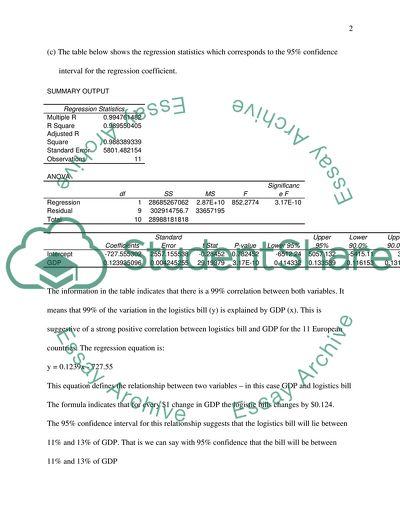Cite this document
(Problem-Solving Statistics Analysis Assignment Example | Topics and Well Written Essays - 1750 words, n.d.)
Problem-Solving Statistics Analysis Assignment Example | Topics and Well Written Essays - 1750 words. https://studentshare.org/statistics/1791319-problem-solving-with-statistics-for-science-students
Problem-Solving Statistics Analysis Assignment Example | Topics and Well Written Essays - 1750 words. https://studentshare.org/statistics/1791319-problem-solving-with-statistics-for-science-students
(Problem-Solving Statistics Analysis Assignment Example | Topics and Well Written Essays - 1750 Words)
Problem-Solving Statistics Analysis Assignment Example | Topics and Well Written Essays - 1750 Words. https://studentshare.org/statistics/1791319-problem-solving-with-statistics-for-science-students.
Problem-Solving Statistics Analysis Assignment Example | Topics and Well Written Essays - 1750 Words. https://studentshare.org/statistics/1791319-problem-solving-with-statistics-for-science-students.
“Problem-Solving Statistics Analysis Assignment Example | Topics and Well Written Essays - 1750 Words”. https://studentshare.org/statistics/1791319-problem-solving-with-statistics-for-science-students.


